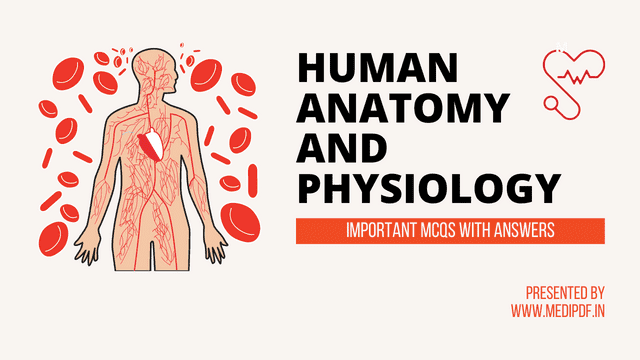MCQs is the best tool to check your knowledge about a subject in less time.
In this post, I have given you important MCQs with answers on Human Anatomy and Physiology subject.
These MCQs will help you check and gain a deeper knowledge about human anatomy and physiology. And also help you increase your rank in competitive exams like GPAT, NIPER, and DI as well as in your B Pharm and D Pharm exams.
Overview
In the MCQs of Human Anatomy and Physiology, I gave you MCQs on structures and functions of the human body and all systems of the Human Body. The human body is divided into ten main systems such as muscular, skeletal, nervous, endocrine, cardiovascular, lymphatic, respiratory, digestive, urinary, and reproductive. And all these systems include all the organs in the human body.
MCQs on Human Anatomy and Physiology
Below are the topics of Human Anatomy and Physiology MCQs.
- Introduction to the human body and Tissue level of organization
- The cellular level of organization
- Integumentary system or Muscular system
- Skeletal system and Joints
- Body fluids, Blood, and Lymphatic system
- Peripheral Nervous system and Special senses
- Cardiovascular system
- Central Nervous system
- Digestive system
- Energetics
- Respiratory system
- Urinary system
- Endocrine system
- Reproductive system
- Introduction to genetics
NOTE: After clicking on the correct option in the MCQs you will see it turns green and if you click on the wrong option, it will turn red. Each question is of 1 mark, if you solve all the questions then you can see your result at the end.
